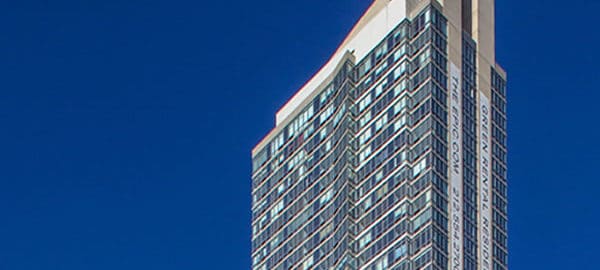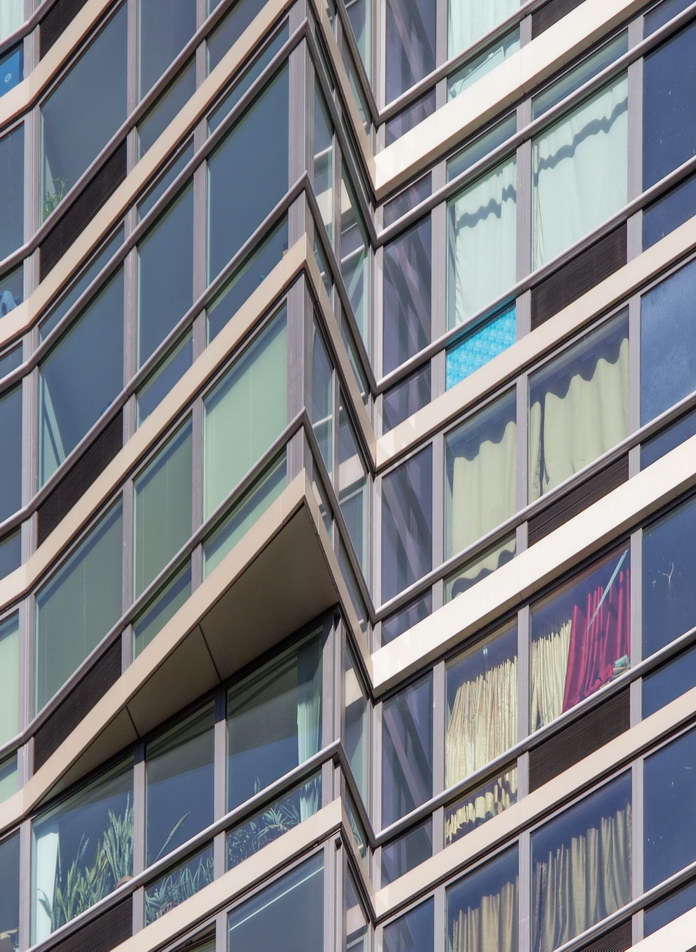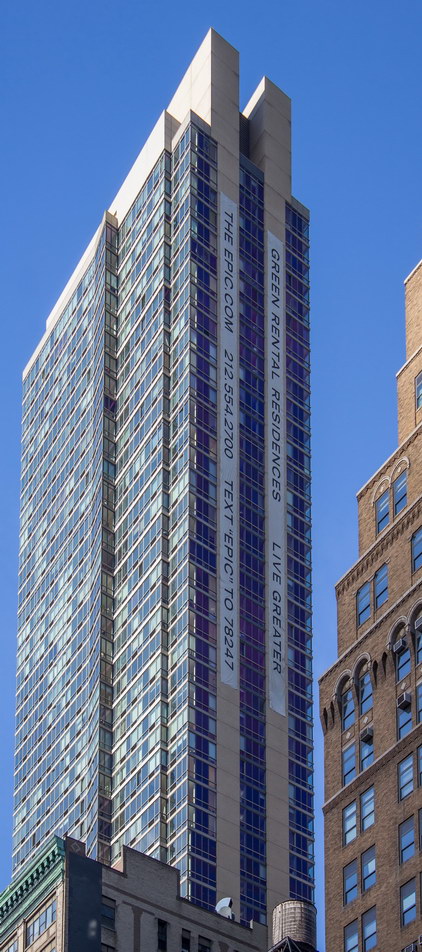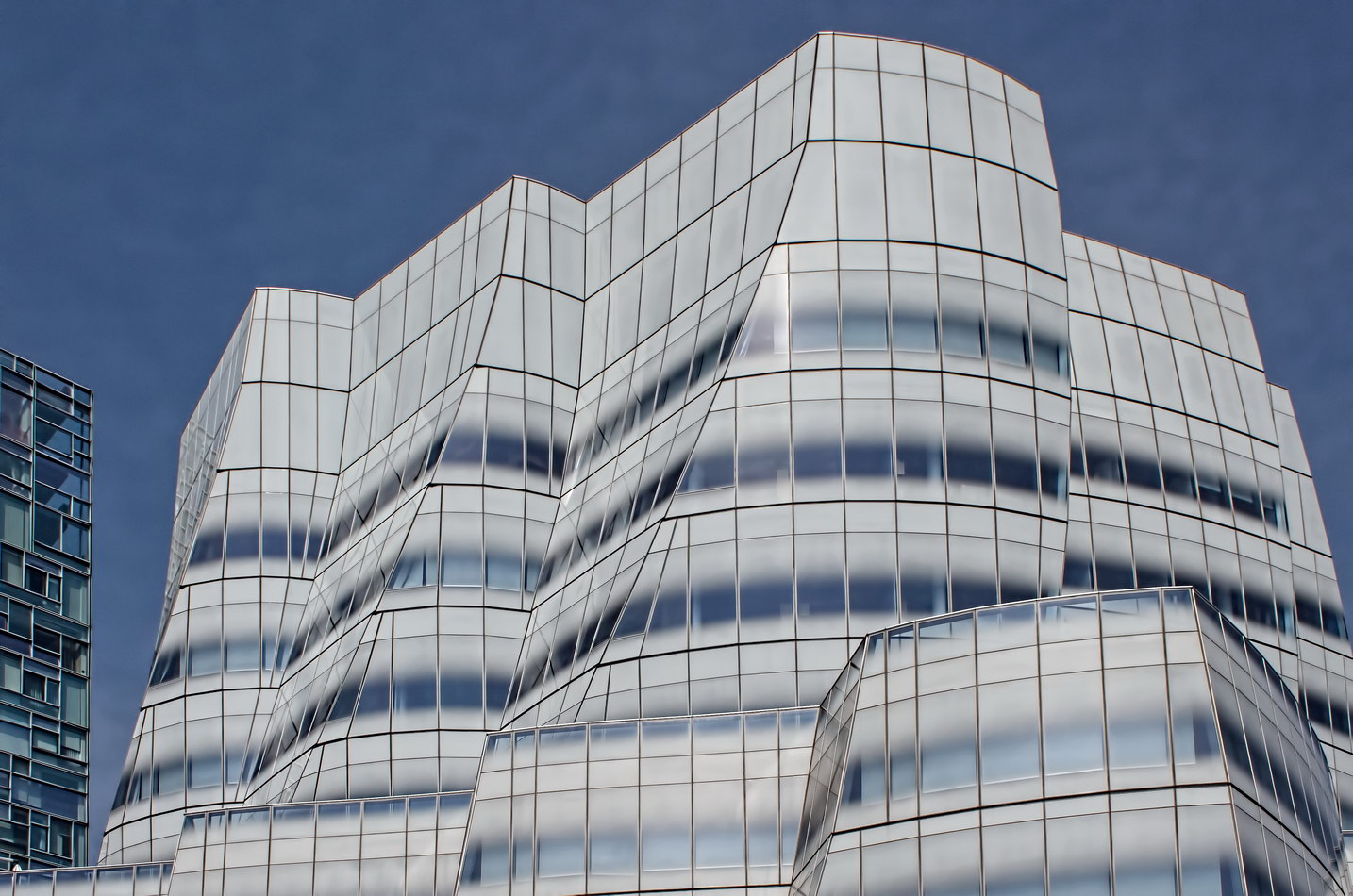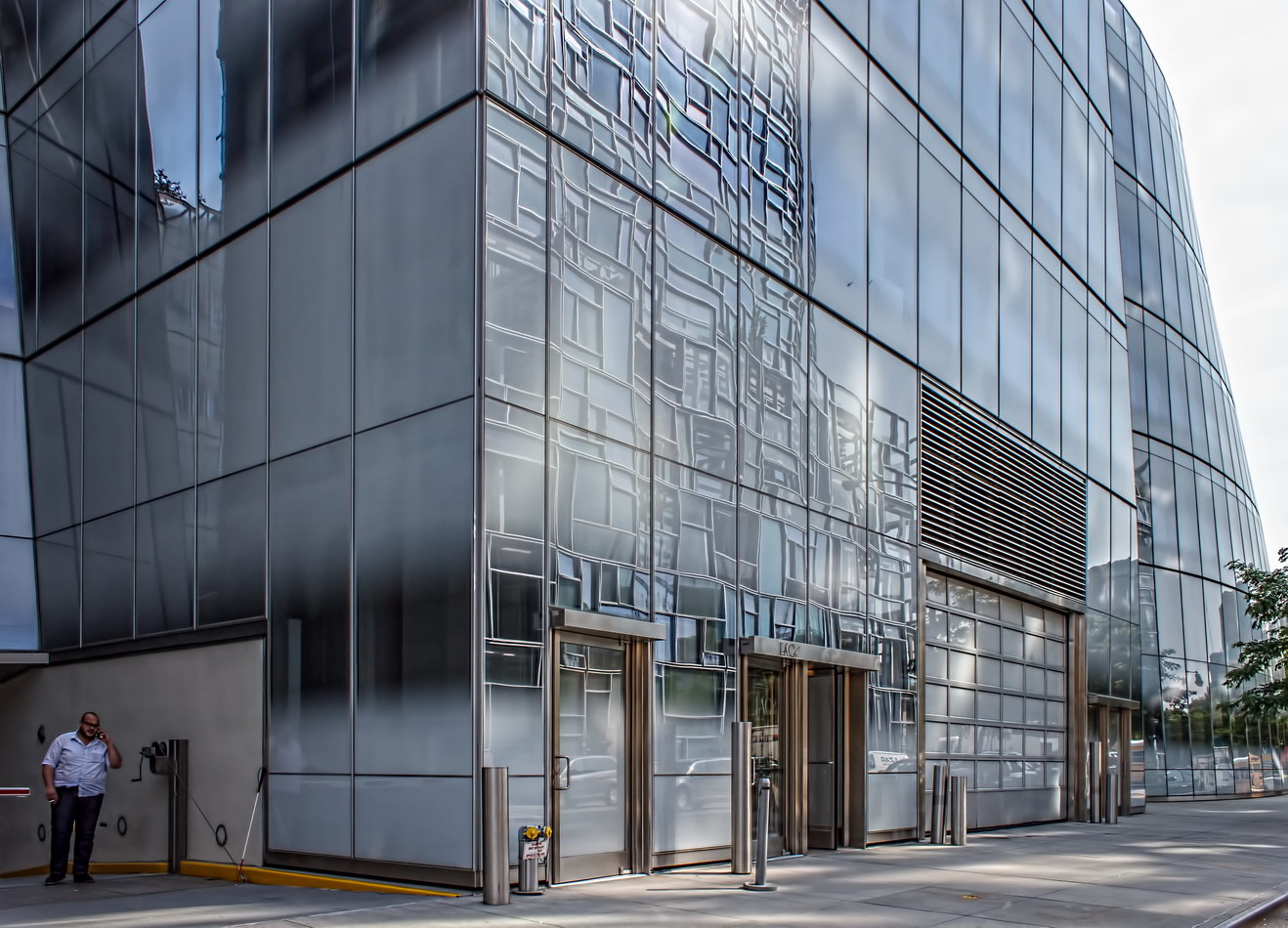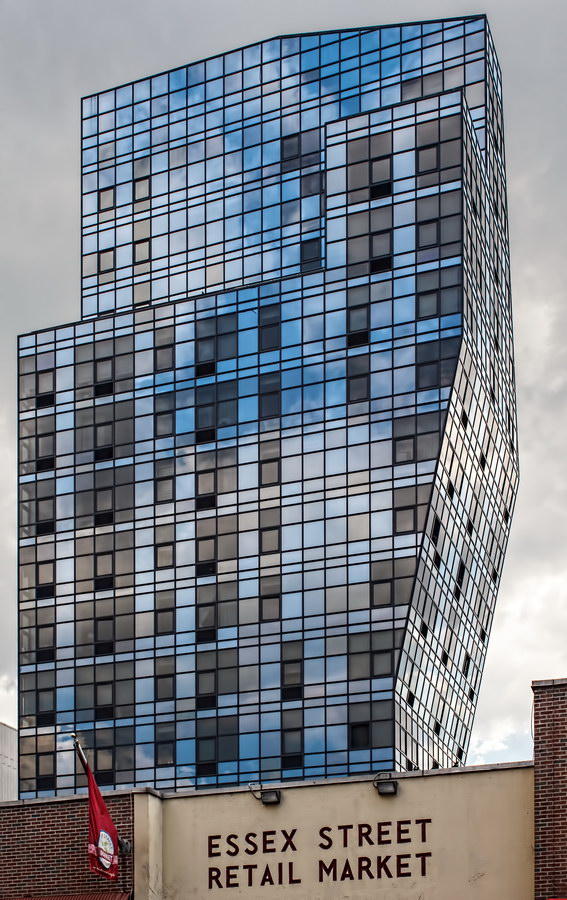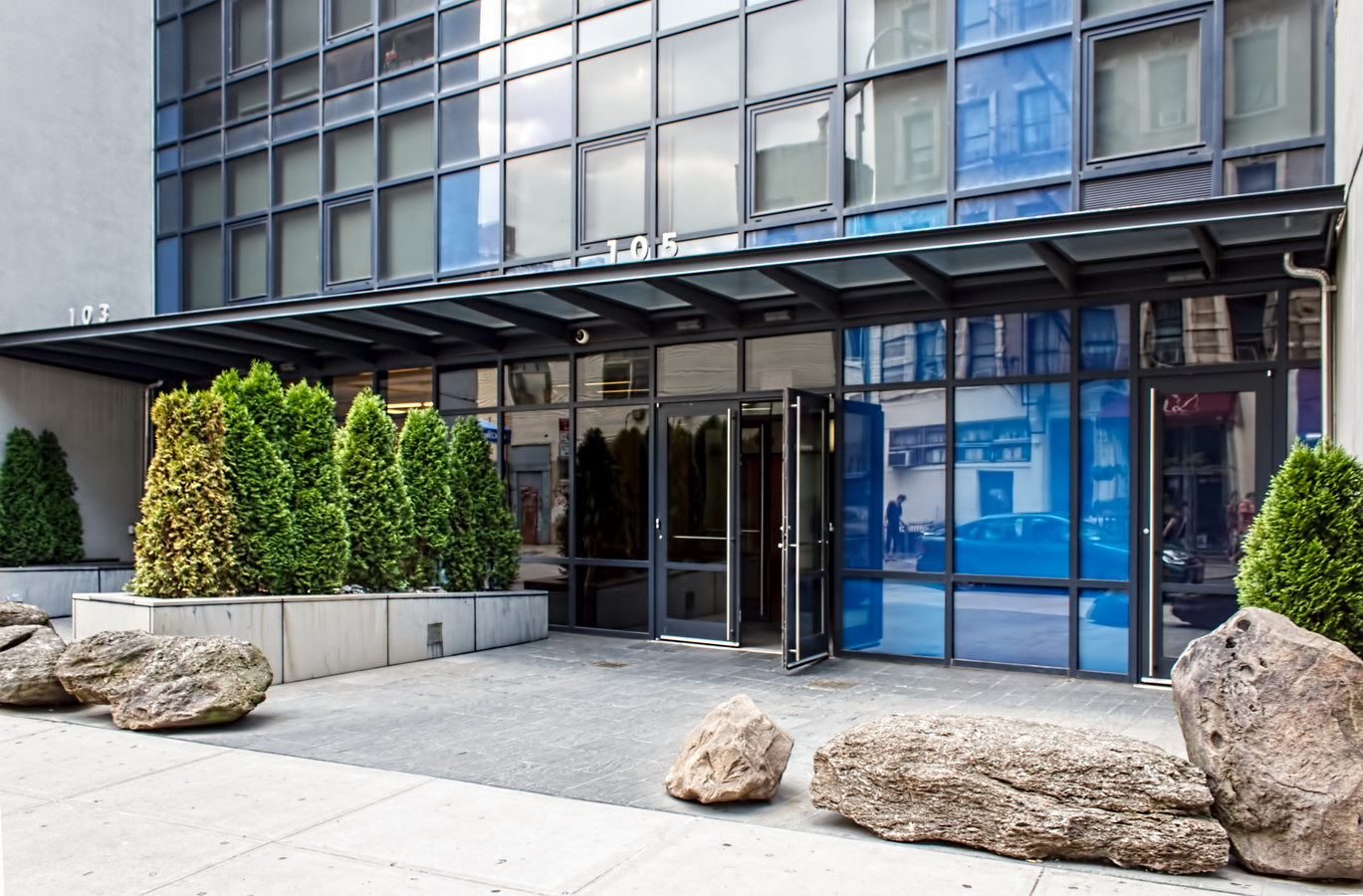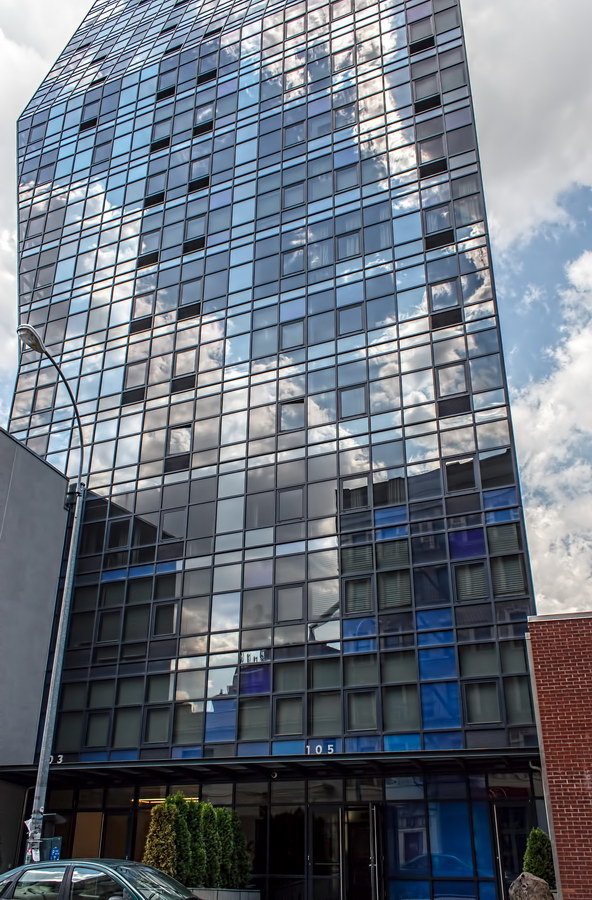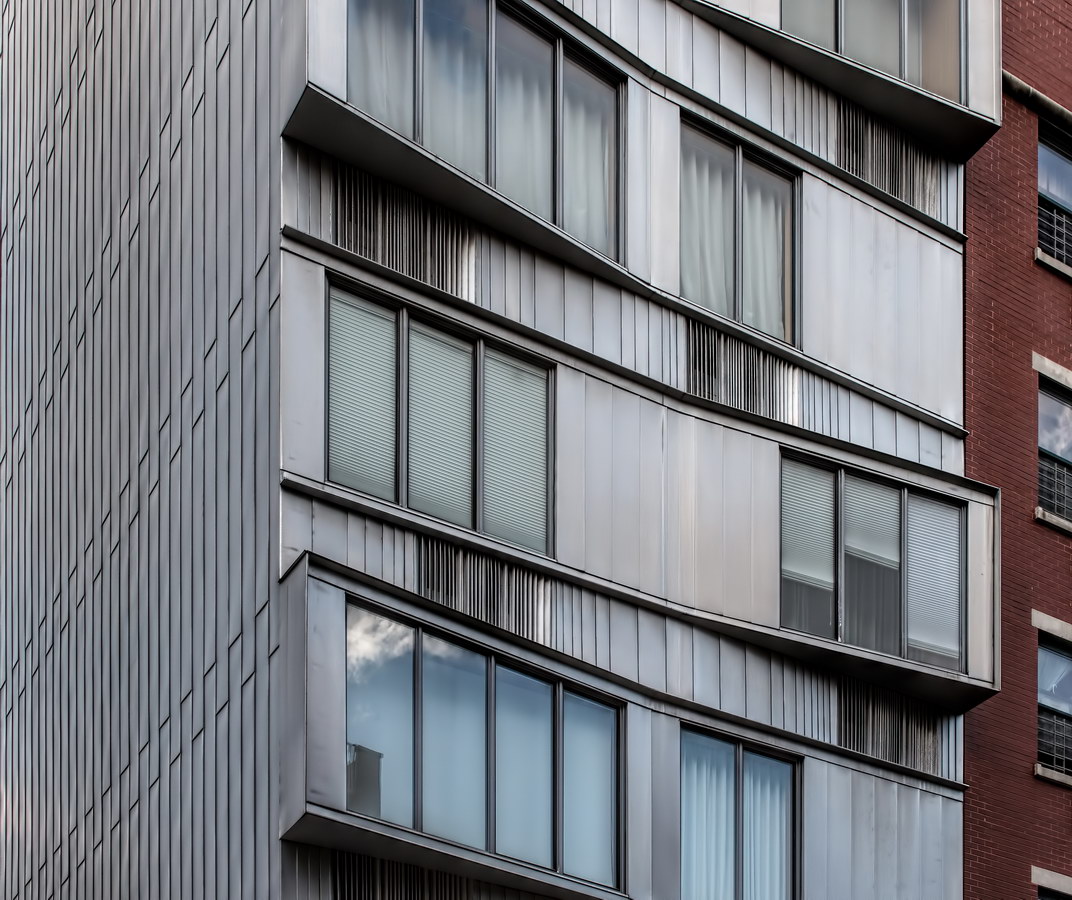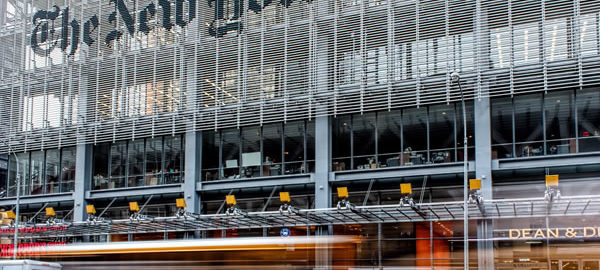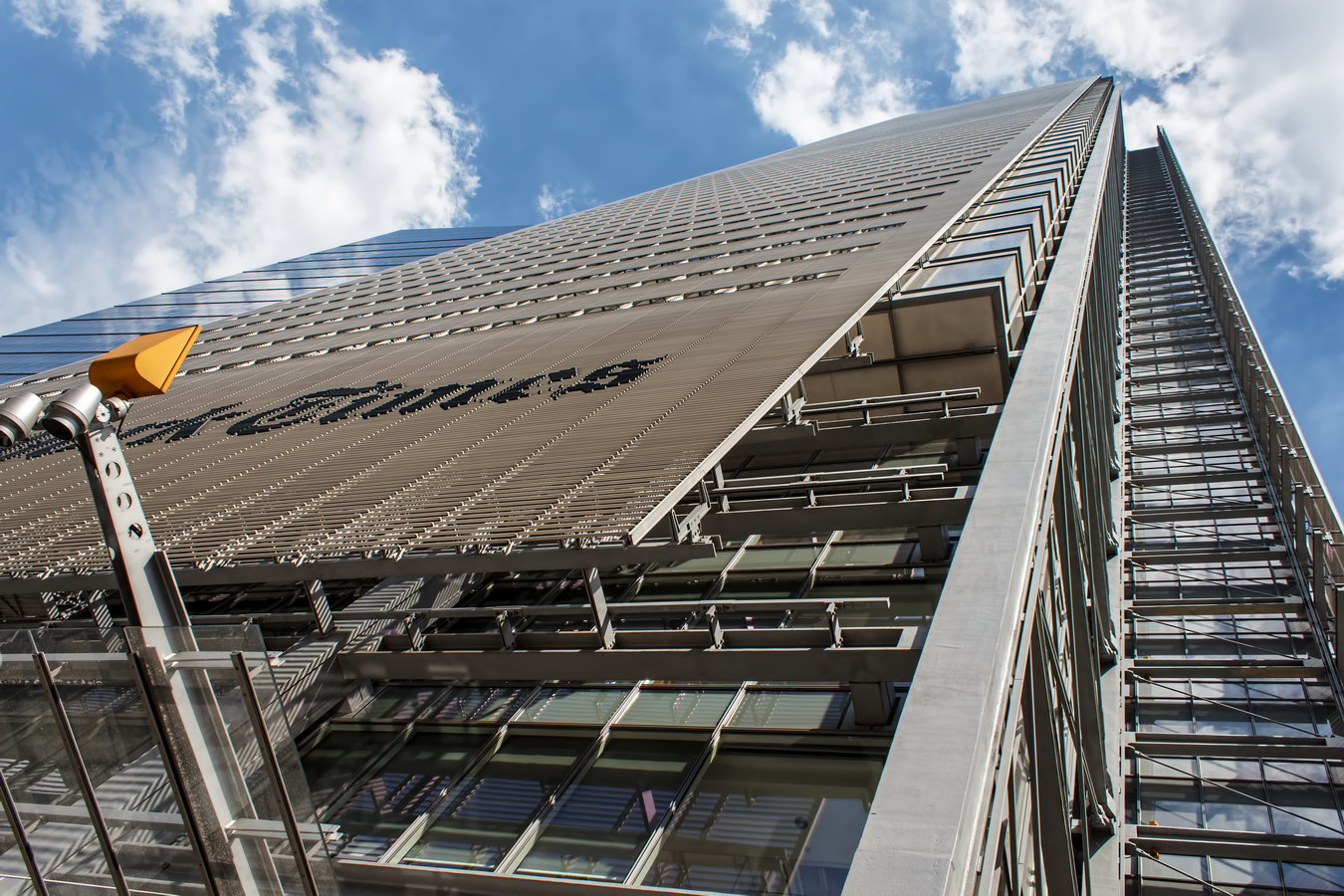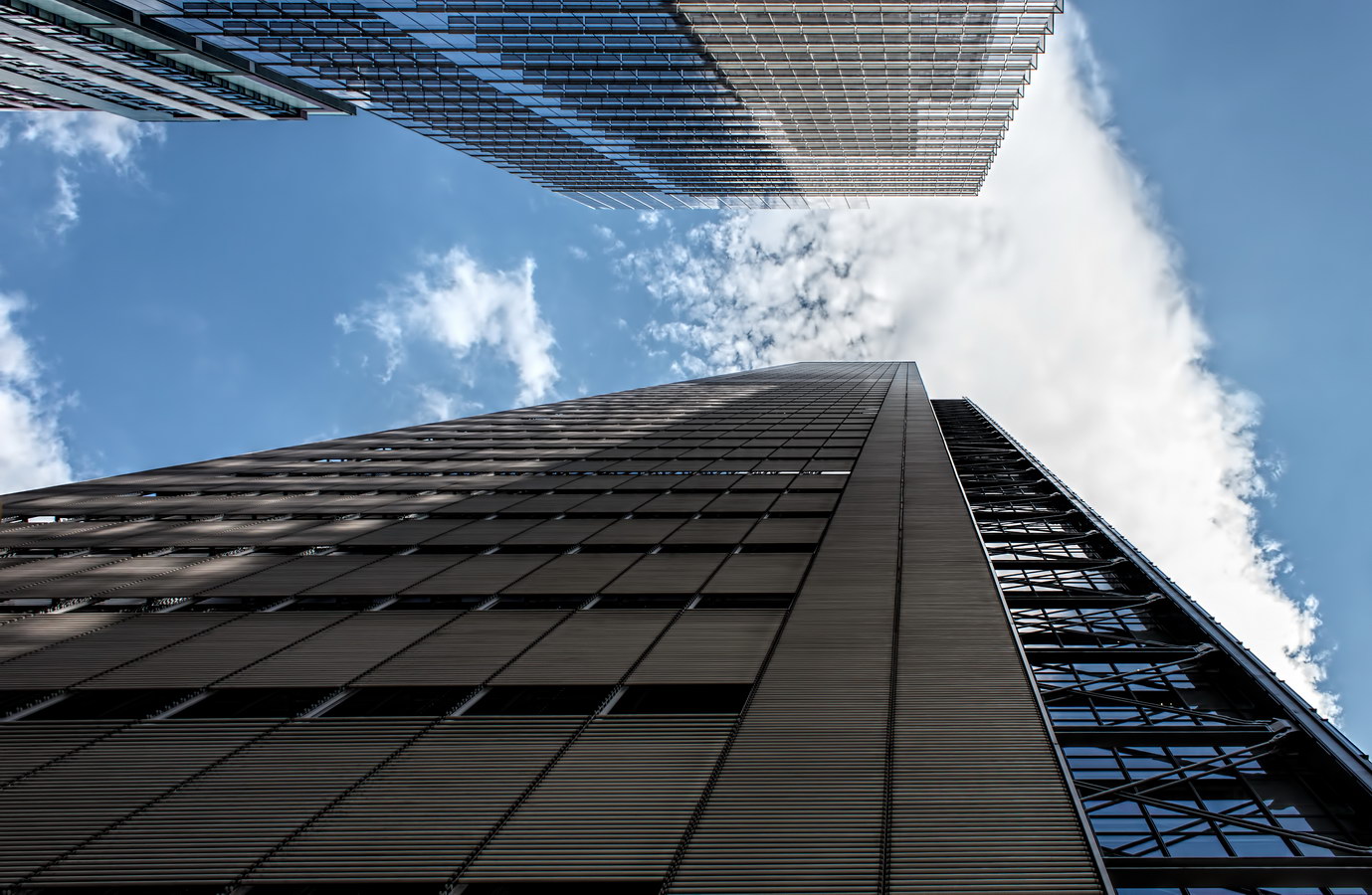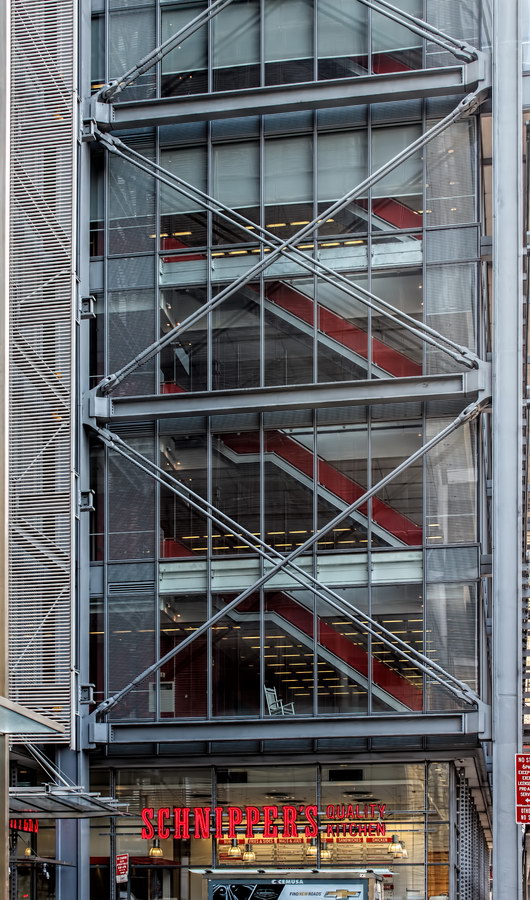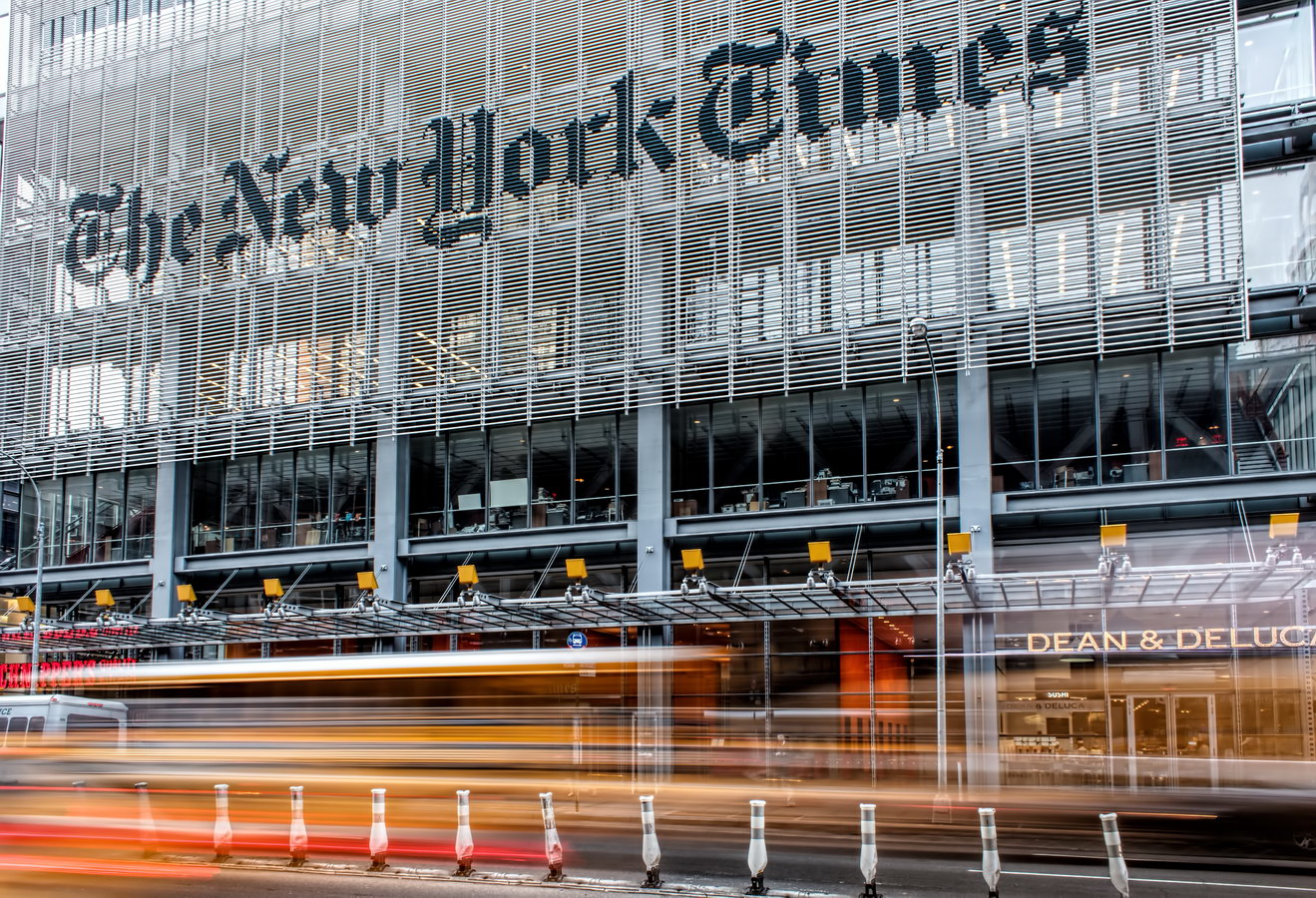15 Central Park West is one of the newest, yet most famous addresses on the avenue. The asymmetrical condominium towers take up a full block. The 20-story “House” is on Central Park West; the 43-story “Tower” is on Broadway. The two are connected in a courtyard that also serves as a private driveway, to shield rich and famous tenants from paparazzi.
Privacy is prized as much as luxury (10- to 14-foot ceilings throughout) and amazing views of Central Park. The 202 apartments are arranged so that only two units share an elevator landing.
The $950 million building is sheathed entirely in limestone – unusual (and costly) for a structure of this size. Coincidentally, the limestone came from the same quarry used by another all-limestone landmark – the Empire State Building.
The towers are too new to be considered for official landmark status, but they replace the Mayflower Hotel, which very well might have had that honor. The Upper West Side-Central Park West Historic District begins across W 62nd street.
15 Central Park West Vital Statistics
- Location: 15 Central Park West between W 61 and W 62 Streets
- Year completed: 2007
- Architect: Robert A. M. Stern
- Floors: 20 (“House”)/43 (“Tower”)
- Style: Postmodern
15 Central Park West Recommended Reading
- Wikipedia entry
- The New York Times Magazine The Traditionalist (October 15, 2010)
- New York Magazine Unveiled: The $85 Million Apartment at 15 Central Park West (June 17, 2013)
- City Realty review
- StreetEasy NY listing
- SLCE Architects portfolio project page
- Condominium website







